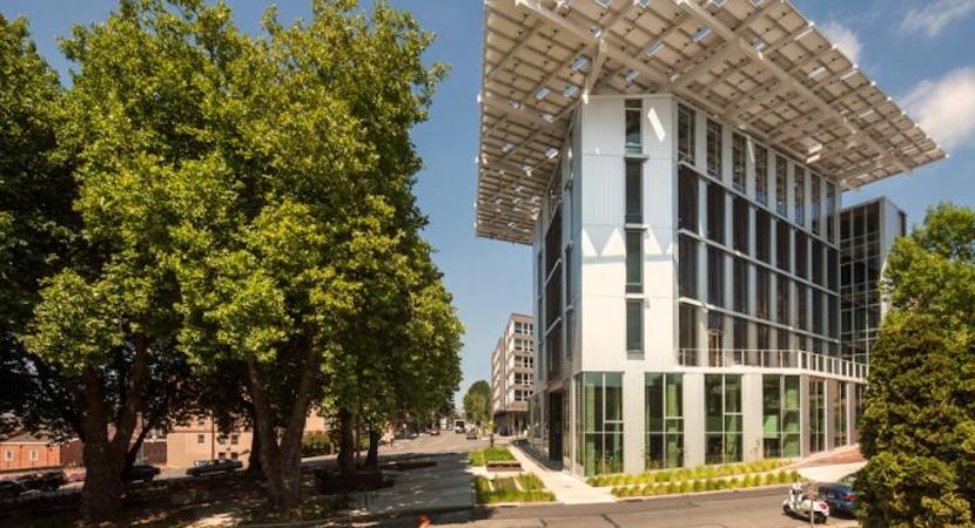Rich Data: Commercial Building Owners Can Save On Energy

Sub-Metering Encourages Occupant Behaviors
Recently I had the opportunity to reconnect with a former client (from the company for which I worked before starting my own firm). We were fortunate enough to accept an engagement with utiliVisor to assist with data collection for a utility management effort at a very large shopping mall in South Florida. A veteran of the energy metering and plant services business for more than 30 years, utiliVisor will be responsible for the monitored utility billing. (Of note, a 2008 article of mine, “Building Oversight Management: M&V and More”, was based largely on utiliVisor’s platform and methodologies.)
After the successful project launch and kick-off meeting for the new mall project, I realized the magnitude of the financial opportunities that might exist for other commercial properties that are not sub-metering their tenant’s utility consumption. Data from past utiliVisor projects similar to this one indicates that a 10- to 30-percent increase in utility cost recovery is a reasonable expectation. Obviously, this only works if the metering and billing service provider has the ability to read and understand leases, check historical billing data, accurately collect and process the data, and correct any issues during the life of the project.
Since I was unable to easily locate any reliable data on the numbers and sizes of properties utilizing sub-metering vs. pro rata or CAM (Common Area Maintenance charges) pass-thru lease provisions, I undertook a very unscientific survey of property managers in my personal network. Although not statistically significant, the results were enlightening. The average size of the commercial buildings managed by survey respondents was a little more than 75,000 sq-ft, with the largest single building coming in at 278,000 sq-ft. Approximately one-third of the buildings had individual electric meters provided and billed by the local utility. Nearly all the remaining properties had some type of pro rata or CAM pass-thru for electric energy, and all the buildings surveyed included water consumption in the rent. Natural gas consumption was not considered, since it is generally limited to food preparation facilities.
Here in South Florida, there is a huge inventory of commercial office space and large shopping malls, many of which are not currently sub-metered. Miami-Dade, alone, has 38 million sq-ft of Class A and B office space, and nearly 50 million sq-ft of retail space, both single-tenant properties and enclosed malls. If, as suggested by my survey, two-thirds of those properties – approximately 59 million sq-ft – are collecting electric energy costs on a pro rata basis, and virtually all 88 million sq-ft are collecting their water costs in the same manner, the potential cost recovery to property owners is staggering. Some tenants will also benefit, since the 48 hrs/week travel agency, with minimal plug loads, may be paying the same rent rate (including the utility costs) as the 168 hrs/week IT operation with very large plug loads. For non-excessive consumers, sub-metering actual consumption may be far more equitable than other utility-inclusive lease models and, in all cases, should encourage occupant behaviors that reduce energy and water consumption.
The future lease model may be even greener. California, which has a goal of all new office buildings being net-zero energy by 2030, has the largest concentration of net zero office buildings in the U.S. Even in cloudy Seattle, the Bullitt Center (top photo) has been net zero for four years, and the new Boulder (Colorado) Commons twin office buildings will offer only net zero leases that will stipulate the maximum monthly electric plug loads for each tenant. The buildings themselves are energy efficient, with solar panels, low-E windows, LED lighting, and high-efficiency HVAC. This next generation of so-called green leases will, obviously, require tenant sub-metering to demonstrate compliance with lease terms.
So, commercial property owners…why wait?
Originally posted on HPAC Engineering
About utiliVisor
Your tenant submetering and energy plant optimization services are an essential part of your operation. You deserve personalized energy insights from a team that knows buildings from the inside out, applies IoT technology and is energized by providing you with accurate data and energy optimization insights. When you need experience, expertise, and service, you need utiliVisor on your side, delivering consistent energy and cost-saving strategies to you. What more can our 40 years of experience and historical data do for you? Call utiliVisor at 212-260-4800 or visit utilivisor.com
